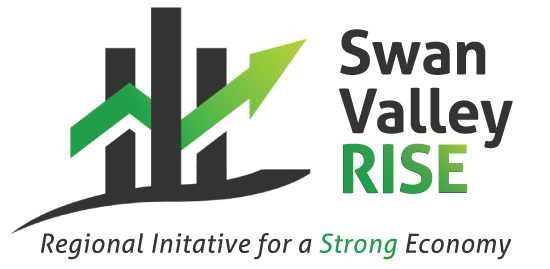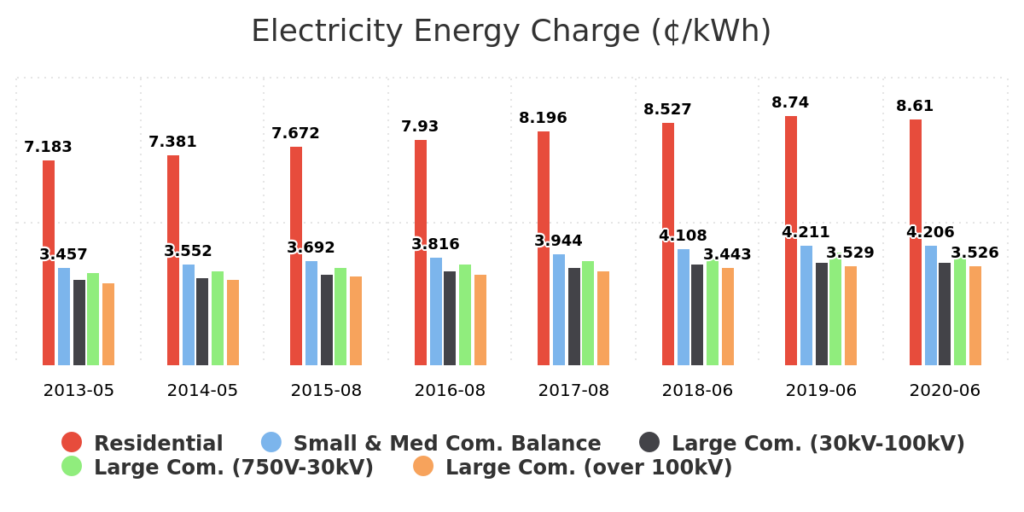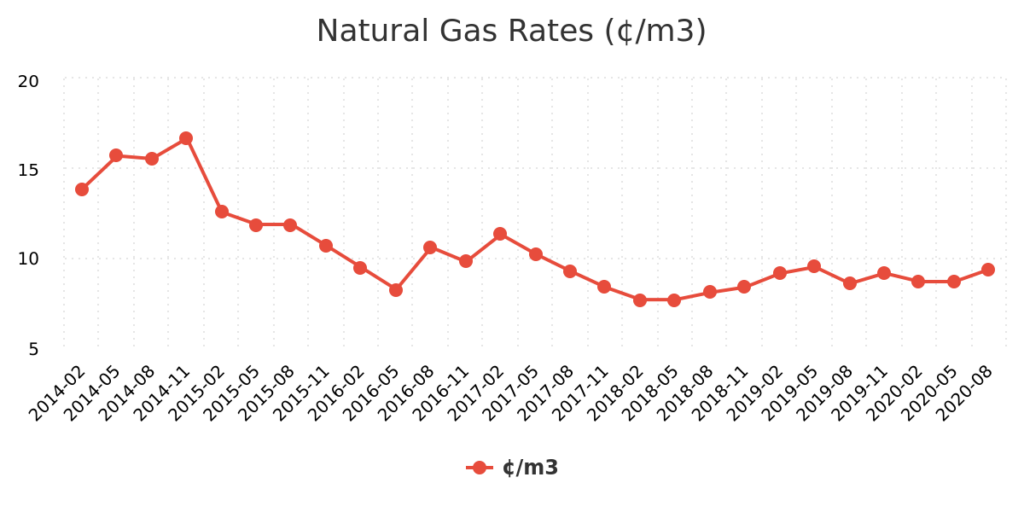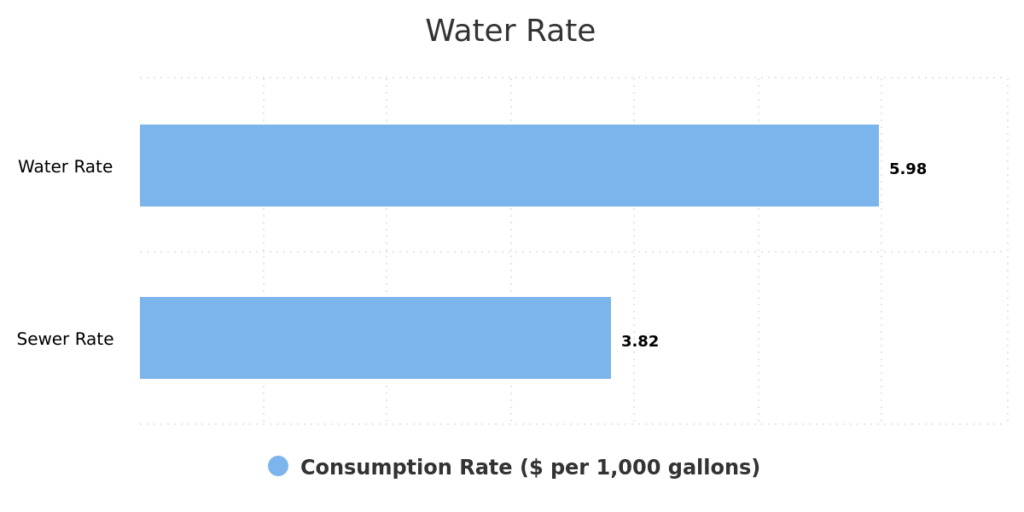Overview
Total Population 5930
Household Income $49,664
Median Age 46
Total Visible Minorities 150
Population
Population
Population is the sum of births plus in-migration, and it signifies the total market size possible in the area. This is an important metric for economic developers to measure their economic health and investment attraction. Businesses also use this as a metric for market size when evaluating startup, expansion or relocation decisions.
Government of Manitoba Last Updated: April 2019
Gender
Gender
Overall, women outnumber men by 280 people. The 15 to 19 years old age cohort exhibits the largest discrepancy with a difference of 20 people between the sexes. Furthermore, majority of the population is between the ages 20 to 24 years old, comprising 6.47 per cent of the population.
Age-sex charts emphasize the gap between the numbers of males and females at a specific age group. It also illustrates the age and gender trends across all age and gender groupings. A chart skewed heavily to the left describes a very young population while a chart skewed heavily to the right illustrates an aging population. Statistics Canada. 2016 Census. Last Updated: May 2017
Marital Status
Marital Status
Majority of the population are married, making up 43.91 per cent of the population. Having a predominantly married population is highy beneficial to Swan River, MB as married couples usually bring in larger incomes, higher net worth and gains on average. They also help boost the community's liveliness and labour force, as they are most likely to bear children and create the best economic conditions for them. Furthermore, this group also spends more compared to most of their counterparts.
The marital status is another term for civil status, or person's current relationship with a partner.
Statistics Canada. 2016 Census.Last Updated: April 2017
Household Income
Household Income
With a population at 4,014 people, most inhabitants at Swan River, MB are above the low income cut-off, or the income a person must earn to be considered to be part of the low income group. However, majority are below the 2016 median income of $49,664 per year.
The household incomes chart shows how many household fall in each of the income brackets specified by Statistics Canada.
Statistics Canada. 2016 Census.Last Updated: September 2017
Aboriginal Identification
Aboriginal Identification
The largest aboriginal population are that of the Metis, making up 58.06 per cent of the total aboriginal population. At 380 people, the second largest Aboriginal population is the First Nations. Inuit follows with 1.08% of the total Aboriginal population in Swan River, MB.
The aboriginal populations chart shows the composition of the aboriginal population in a municipality.
Statistics Canada. 2016 Census.Last Updated: October 2017
Visible Minorities
Visible Minorities
The largest visible minority population are that of the South Asian, making up 36.67 per cent of the total visible minority population. The second largest group are the Filipino, making up 35 people.Following Filipino is Chinese that is 16.67 per cent of the visible minority population.
Number of people belonging to a visible minority group as defined by the Employment Equity Act and, if so, the visible minority group to which the person belongs. The Employment Equity Act defines visible minorities as 'persons, other than Aboriginal peoples, who are non-Caucasian in race or non-white in colour.' The visible minority population consists mainly of the following groups: South Asian, Chinese, Black, Filipino, Latin American, Arab, Southeast Asian, West Asian, Korean and Japanese.
Statistics Canada. 2016 Census.Last Updated: October 2017
Period of Immigration
Period of Immigration The largest influx of immigrants to Canada was 2011 to 2016, where 65 people surveyed called Canada their new home. Periods of migration shows how many people who entered Canada are currently residing in Swan River, MB.
Period of Immigration The largest influx of immigrants to Canada was 2011 to 2016, where 65 people surveyed called Canada their new home. Periods of migration shows how many people who entered Canada are currently residing in Swan River, MB.
Statistics Canada. 2016 Census.Last Updated: December 2017
Median Age
Swan River, MB has a median age of 45 years old.
The median age indicates the age separating the population group into two halves of equal size.
Statistics Canada. 2016 Census.Last Updated: February 2017
Median Household Income
Median Household Income
In Swan River, MB, the median household income is $49,664 per year. The median household income in Swan River, MB is lower than the national household median income in 2015.
The median income indicates the income bracket separating the income earners into two halves of equal size.





